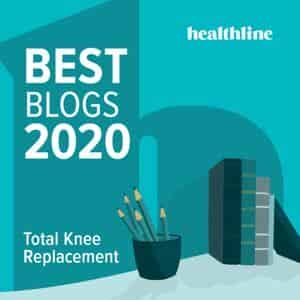bonaventur
junior member
Hi Everyone,
I had an outpatient core decompression done on both hips last week following a very interesting summer of back issues (3 bulging discs), limping and a bilateral AVN diagnosis.
Both surgeons seen stated that my bones were very healthy to go the THR route but while #1 recommended fosamax; #2 recommended CD without anything introduced.
Fortunately or otherwise, I found this forum one day after my surgery and so I couldn't avail myself of all the posted stories of THR longevity while making my choice of surgery decision. I was just too thankful not to be on Fosamax.
I am here for camaraderie and tips on how best to assist this surgery in being a success.
What I am doing:
--Resting/Sleeping
--Elevating both legs
--Icing both legs
--Doing a bit of pacing/walking with crutches(4 point gait) or walker following bathroom breaks
--Not a fan of pills so only taking ibuprofen when pain is unbearable. I had the blues/depression when I took the prescribed oxycodon and feel better without it. It might have been coincidental but I am too scared to try the oxycodon again. Besides, post surgery pain is no worse than my bad days with AVN.
What more do you recommend that I do?
Thanks in advance for your time.
I had an outpatient core decompression done on both hips last week following a very interesting summer of back issues (3 bulging discs), limping and a bilateral AVN diagnosis.
Both surgeons seen stated that my bones were very healthy to go the THR route but while #1 recommended fosamax; #2 recommended CD without anything introduced.
Fortunately or otherwise, I found this forum one day after my surgery and so I couldn't avail myself of all the posted stories of THR longevity while making my choice of surgery decision. I was just too thankful not to be on Fosamax.
I am here for camaraderie and tips on how best to assist this surgery in being a success.
What I am doing:
--Resting/Sleeping
--Elevating both legs
--Icing both legs
--Doing a bit of pacing/walking with crutches(4 point gait) or walker following bathroom breaks
--Not a fan of pills so only taking ibuprofen when pain is unbearable. I had the blues/depression when I took the prescribed oxycodon and feel better without it. It might have been coincidental but I am too scared to try the oxycodon again. Besides, post surgery pain is no worse than my bad days with AVN.
What more do you recommend that I do?
Thanks in advance for your time.



 United States
United States Thanks for joining us.
Thanks for joining us.









